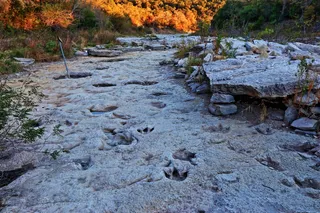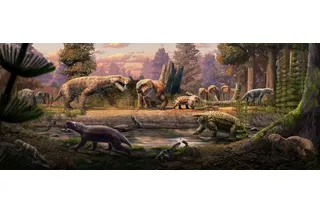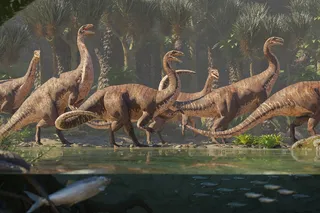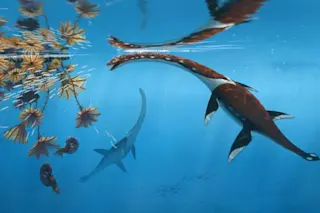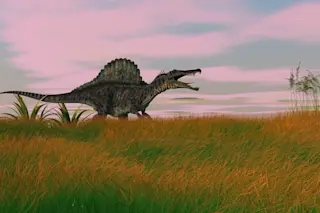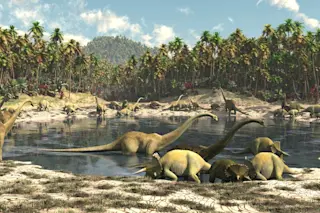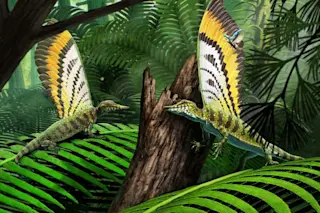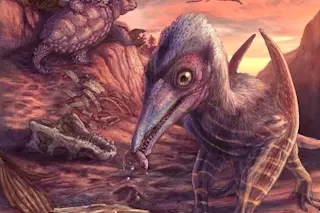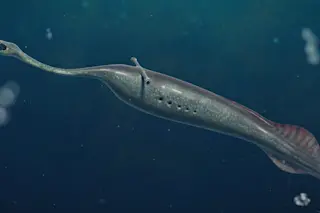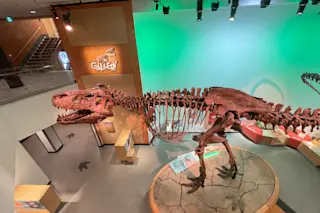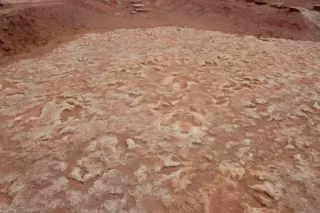Size matters in dinosaur celebrity---hefty T. Rex is a household name but chicken-sized fellow theropod Anchiornis huxleyi, not so much. But though the bigger, beefier thunder lizards may dominate today’s pop culture, there’s growing evidence that smaller dinosaurs were far more prevalent and diverse than the fossil record indicates. Now, the discovery of a new small-bodied dinosaur strongly suggests that current estimates of the numbers and variety of these animals has been significantly underestimated. Acrotholus audeti, described today in Nature Communications, was a small-bodied pachycephalosaurid, one of the ornithischian dinosaurs that evolved thick, domed skulls. Based on fossils found in Alberta, Canada, and dated to the Santonian age (roughly 83-86 million years ago), A. audeti is the oldest pachycephalosaurid ever found in North America. Older specimens from sites outside the continent have been described based on teeth and are unsubstantiated, according to A. audeti’s research team, possibly making their find ...
New Species Suggests Small Dinosaurs Were More Numerous Than We Thought
The small-bodied dinosaur discovery of Acrotholus audeti reveals diversity in pachycephalosaurids and challenges previous evolutionary beliefs.
More on Discover
Stay Curious
SubscribeTo The Magazine
Save up to 40% off the cover price when you subscribe to Discover magazine.
Subscribe

